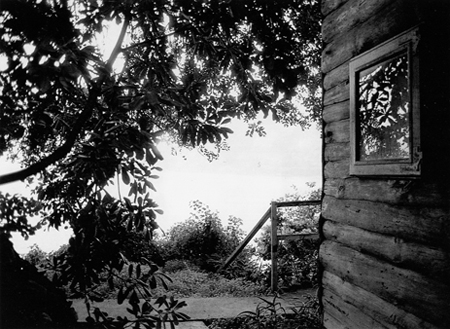le cabanon
Monday, February 20th, 2006download pictures and drawings from le corbusier’s cabanon

[source: le corbusier à cap-martin, bruno chiambretto, parenthèses]
[actual pics: jep and lablog]
architecture voyeurism
download pictures and drawings from le corbusier’s cabanon

[source: le corbusier à cap-martin, bruno chiambretto, parenthèses]
[actual pics: jep and lablog]
Traces of war present in the urban foundation of cities as in landscapes represent a patrimony difficult to manage and have a relationship with because they are linked to unpleasant memories, which are often traumatic. They raise issues of primary importance, such as the ones connected to collective identity and collective vs personal memory.
On one hand, people would like to obliterate all these traumatic places and memories, but at the same time there is the fear of losing part of one’s history and identity, which is partly comprised of these scars. There must be a third possibility, a “third space”, as H.K. Bhabha would call it: a space to develop a different design process regarding the tangible and intangible patrimony generated by the conflicts that can combine to have a therapeutic effect and be a catalyst for the emergence of museums. This is the direction that the museography of “20th Century Conflict Archaeological Heritage” is going to.
And this is the design task we propose to Domus Academy students for this year: a challange to work on some WWII voids in the city centre of Milan. To change for our present and their future.